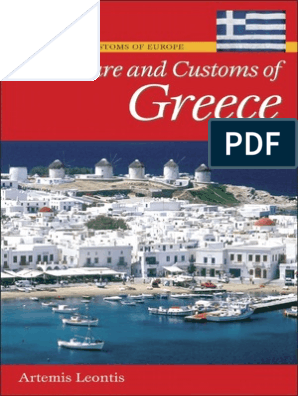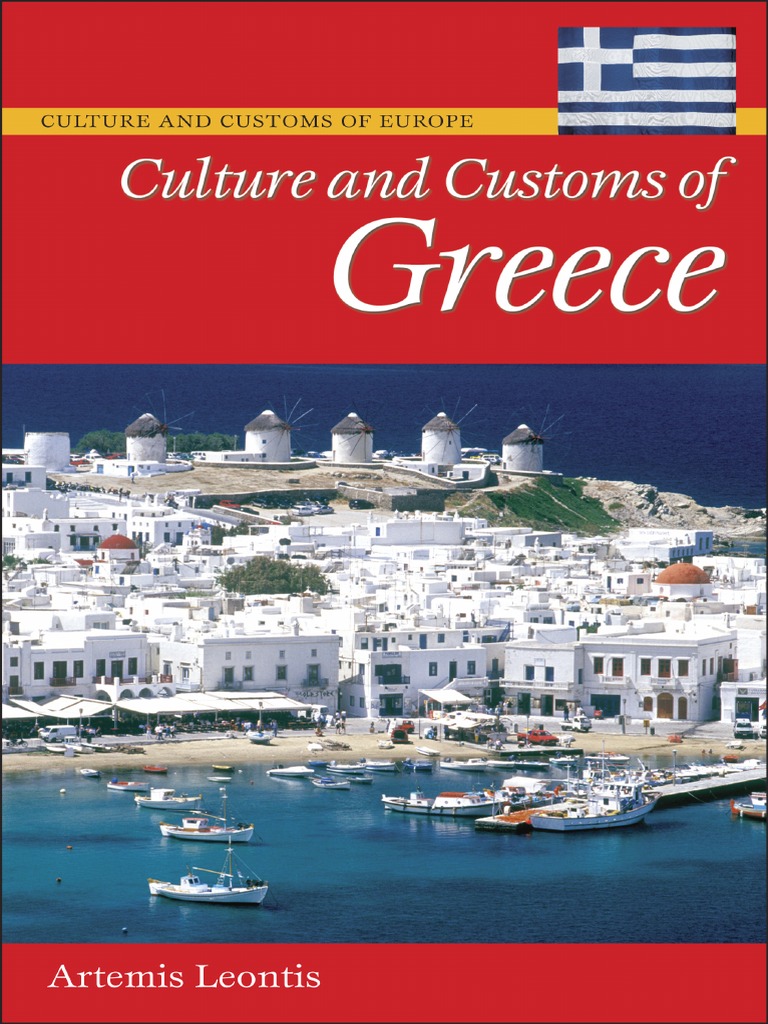The Artoklasia bread recipe is a traditional Greek bread made for religious occasions. It is a simple recipe that uses flour, yeast, sugar, salt, and olive oil.
The bread is typically adorned with sesame seeds and is baked until golden brown. Artoklasia bread is a symbol of thanksgiving and is often shared with friends and family during celebratory events. It is a cherished tradition that brings people together through the act of breaking bread.
The process of making Artoklasia bread involves a sense of reverence and tradition, making it a meaningful and symbolic practice within the Greek Orthodox faith. This recipe has been passed down through generations, maintaining its significance and flavor throughout the years.
Introduction To Artoklasia Bread
The Artoklasia bread recipe holds a special place in Greek Orthodox tradition, with its origins dating back to ancient times. It is a significant part of religious ceremonies and is often used in Orthodox liturgies, serving as a symbol of the body of Christ. The tradition of Artoklasia bread is deeply rooted in Greek culture and holds great religious and symbolic importance within the Orthodox faith.
Ingredients And Equipment
To make Artoklasia Bread, you’ll need flour and yeast. For the other key ingredients, you’ll require olive oil, honey, and salt. As for essential tools, ensure you have a mixing bowl, measuring cups, and a baking pan.
Preparing The Dough
Preparing the Dough:
The first step to making artoklasia bread is mixing and kneading the dough. Combine all the dry ingredients in a large bowl. Make sure to mix them well, ensuring that there are no clumps. Once the dry ingredients are well mixed, slowly add in the wet ingredients while continuously stirring. This will help achieve a smooth consistency. Once the dough forms, transfer it to a floured surface and start kneading. Knead the dough for about 10 minutes, or until it becomes elastic and no longer sticky. This process helps develop the gluten in the dough, giving it structure and texture.
Allowing the Dough to Rise:
After kneading, place the dough in a greased bowl and cover it with a clean cloth or plastic wrap. Allow the dough to rise in a warm, draft-free area for about an hour or until it doubles in size. During this time, the yeast in the dough ferments, releasing carbon dioxide, which causes the dough to rise. This step is essential for achieving a light and airy texture in the final bread.

Credit: www.scribd.com
Baking And Decorating
One of the most important aspects of creating a perfect Artoklasia bread is shaping it properly. The traditional shape for this bread is round, resembling a crown. To achieve this, gently roll the dough into a ball and place it on a baking sheet. Then, using a sharp knife, make deep slits over the surface in a cross pattern, creating a beautiful design when the bread rises and bakes.
When it comes to baking this bread, preheating the oven is crucial. Set it to a moderate temperature and allow the bread to bake for around 30-40 minutes until it turns golden brown. If you prefer a softer crust, you can brush the bread with olive oil or melted butter before baking.
No Artoklasia bread is complete without the traditional decorative symbols. These symbols hold significant meaning and are often religious in nature. Some popular symbols include the cross, grapevine, and wheat sheaves. You can use a sharp knife or a dough cutter to create these symbols on the surface of the dough before baking.
Serving And Enjoying Artoklasia Bread
Artoklasia Bread is a delicious traditional bread with deep cultural significance. This bread is typically served as part of a religious ceremony known as Artoklasia, which is celebrated in the Greek Orthodox Church. Artoklasia Bread is specially prepared, blessed, and then distributed to the congregation. It represents the body of Christ and is enjoyed with reverence and gratitude.
The serving and enjoying of Artoklasia Bread is accompanied by various traditions and rituals. Families and communities come together to participate in the ceremony, creating a sense of unity and togetherness. The bread is often presented on a beautifully adorned tray and is shared among the attendees. The act of breaking the bread and distributing it symbolizes communion and solidarity.
When it comes to pairing suggestions, Artoklasia Bread can be enjoyed on its own or with a variety of accompaniments. It goes well with a selection of cheeses, olives, and dips like tzatziki or hummus. For a sweet twist, it can be served with honey or jam. The flavors of the bread are enhanced when paired with a glass of wine or a hot cup of tea.

Credit: www.scribd.com

Credit: www.scribd.com
Frequently Asked Questions On Artoklasia Bread Recipe
What Is Artoklasia Bread?
Artoklasia bread is a traditional Greek bread that is used in religious ceremonies, particularly in the Orthodox Christian Church. It is made with simple ingredients like flour, water, yeast, and salt, and is often topped with sesame seeds.
How Is Artoklasia Bread Prepared?
To prepare Artoklasia bread, begin by mixing the ingredients together to form a dough. Knead the dough until it becomes smooth and elastic, then let it rise until doubled in size. Shape the dough into loaves or rolls, and let them rise again before baking in the oven until golden brown.
What Is The Significance Of Artoklasia Bread In Religious Ceremonies?
Artoklasia bread is used in religious ceremonies to symbolize the abundance of God’s blessings. It is often blessed by a priest and then shared among the congregation as a gesture of unity and communion.
Can Artoklasia Bread Be Made Gluten-free?
Yes, Artoklasia bread can be made gluten-free by using a gluten-free flour blend in place of regular flour. However, it is important to note that the texture and taste may differ slightly from the traditional version.
Conclusion
This Artoklasia Bread recipe is a delightful way to celebrate Greek Orthodox religious traditions and enhance the sacredness of the liturgy. By following these simple steps, you can create a delicious and meaningful bread that holds a special place in the hearts of many Greek families.
Enjoy the process of making this bread and feel the connection to centuries of tradition as you break it together with loved ones. Embrace the richness of Greek culture with this timeless recipe.

